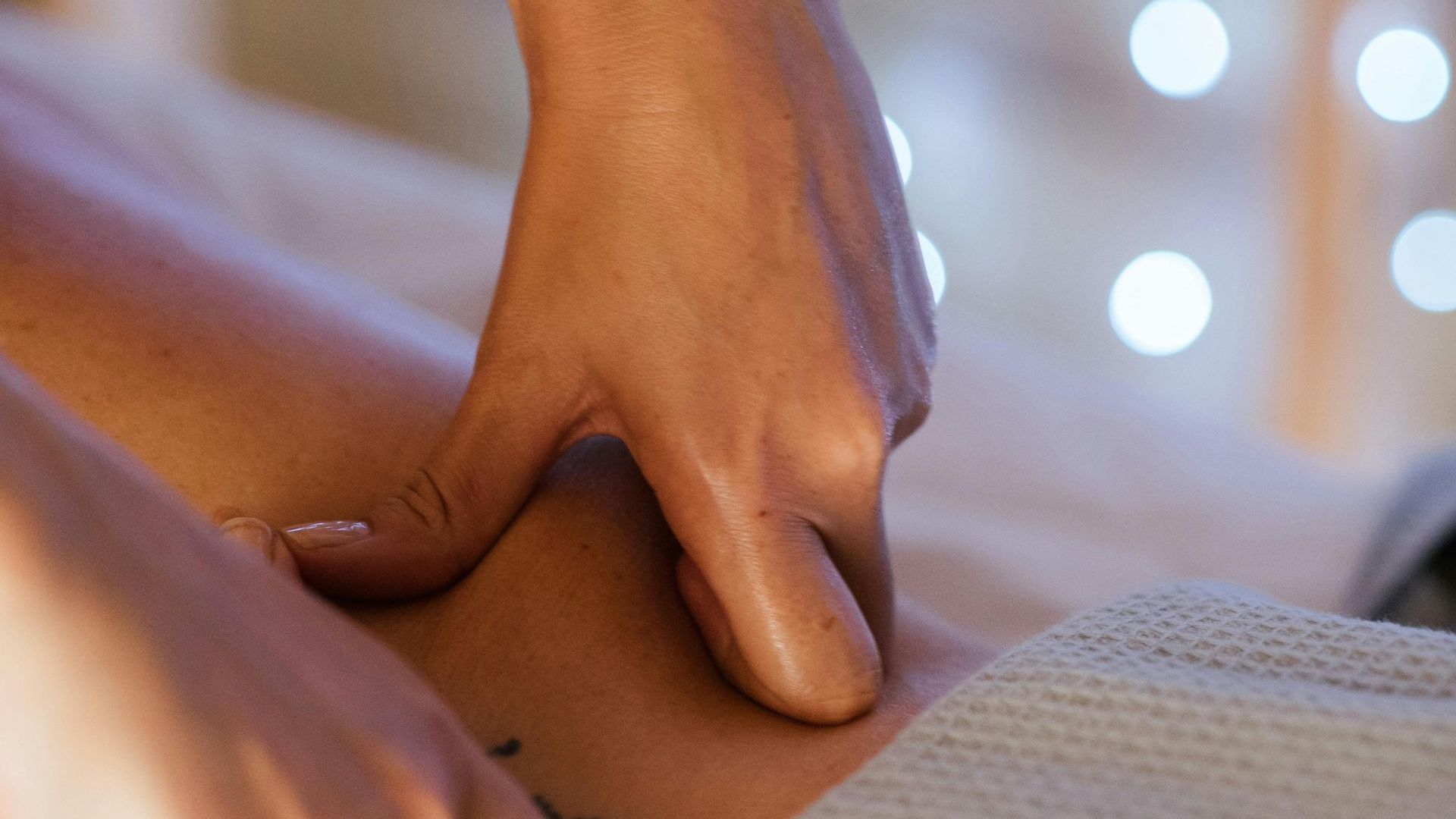Why you should have a deep tissue massage
Deep tissue massages can help with chronic pain and release tension in muscles. They can help with injury recovery, flexibility, and stress relief.
Deep tissue massages can help with chronic pain and release tension in muscles. They can help with injury recovery, flexibility, and stress relief. Deep tissue helps to free up trapped nerves, oxygenate poorly circulated areas and allows the spine and joints to relax into alignment.

What is deep tissue massage?
A deep tissue massage is a specific massage, which employs techniques to work below superficial connective tissue with the intent of breaking up old structural patterns and allowing the free flow of nutrients and oxygen to the muscles. This massage applies a considerable amount of pressure in the process of releasing the muscles to assist the healing. This can cause discomfort, but the therapist will always communicate with you to work within your comfort zone.
The therapist uses movements to release chronic muscle tension through slow and deep strokes, with more direct pressure or friction applied across the muscles. Deep layers of muscle tissue that are causing you pain and are restricted, stiff and knotted will be detected and slowly worked into. Specific hand positions and strokes are used and techniques employing breath and movement are also used for relieving and releasing muscle tightness.
Is a deep tissue massage painful?
Going deeper into the muscles does not mean causing pain by applying strength or force. If you try to force a muscle, the body responds with more resistance. The key to going deep is actually relaxing, slowly sinking and breathing the initial discomfort away.
Myofascial Release is a type of deep tissue massage and I technique I use to begin the treatment to release the deeper fascia and muscles. Imagine butter slowly melting under your hand as the tension begins to slowly melt away.
What are the benefits of deep tissue massage?
Deep Tissue Massage is aimed at everyone. Most people develop some negative postural habits because of repetitive activities or mental and emotional influences on the body. Many people have occupations that encourage repetitive postures such as drivers, desk workers and computer operators. this often promotes the gradual development of muscular imbalance, leading to pain and tension.
In addition, those who work or are involved in leisure activities that require a high level of muscular output often accumulate residues of lactic acid in their muscles, leading to stiffness and pain. All of these people would benefit from deep-tissue massage treatments.
How will I feel after having a deep tissue massage?
Following your deep tissue massage you may feel a degree of tenderness in the areas worked on, similar to the feeling after a strenuous workout. This will subside after a day or two.
Potentially ,you will feel some fatigue. Resting and drinking plenty of water is advisable. You may feel emotional following a treatment. This is because the body holds onto emotions in the deeper layers of the body. When accessed, emotions are often released during the session or afterwards.
LOCATION

OPENING HOURS
- Mon - Fri
- -
- Saturday
- -
- Sunday
- Closed






